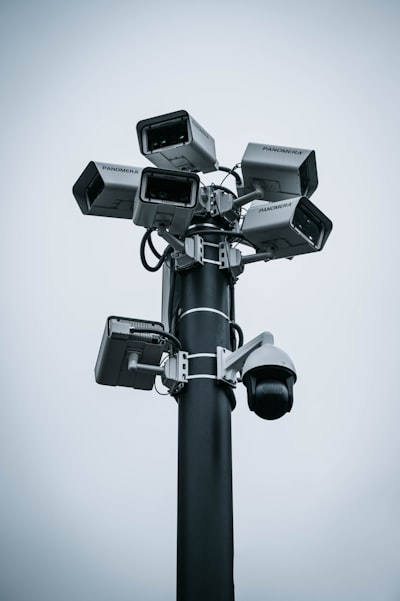With nearly everything held online these days, cyber attacks have become one of the biggest fears of companies in charge of sensitive information. Ransomware is a malicious software that can block access to certain information. Hackers typically use this software to hold computer systems and data hostage until a certain amount of money is paid. Ransomware attacks are not the same as data breaches. Where Ransomware attacks generally hold access to data for ransom, data breaches occur when a hacker copies or steals sensitive data, such as credit card information, social security numbers and more. While Ransomware doesn’t typically steal information, it’s still a huge liability risk to be locked out of systems holding important data. 
In the past few years, Ransomware has grown and adapted to be a huge issue for big entities, such as large manufacturers and governments. In 2019, over 70 local and state governments in the U.S. fell victim to ransomware attacks. Hackers have started attacking larger entities because of the sensitive information available and the large sums of money to be gained in exchange for releasing it.
It’s likely that these attacks will continue and perhaps even rise in 2020. Businesses that should be on guard for Ransomware attacks include (but are not limited to):
Any business that holds client or customer information should protect against cyber attacks such as this. Even smaller businesses are at risk to cyber-attacks.
Does Cyber Liability Insurance Cover Ransomware?
Most cyber insurance policies cover ransomware. Ransomware is a type of cyber extortion, which is a section covered under cyber liability insurance. Cyber liability insurance covers financial loss related to cyber attacks being seized, lost or held for ransom. There are two sides to cyber liability insurance: first party coverage and third-party coverage.
First-party coverage provides compensation for expenses incurred due to the attack, such as:
- Income Loss: This coverage compensates your business for income lost while the attack occurred and the network was blocked.
- Electronic Data Loss or Damage: This provides compensation for electronic data that is damaged, ruined or stolen due to the cyber-attack.
- Cyber Extortion: Ransomware is covered under cyber extortion. This coverage helps you pay the demanded ransom.
- Crisis Management: A cyber-attack usually comes with a lot of backlash. This coverage helps you pay for PR and marketing to protect your business’ reputation after a cyber-attack or data breach.
- Notifying Clients: All clients and third parties need to be notified of an attack. This coverage helps pay for the cost of notification and possible establishing a call center if necessary.
Third-party coverage covers liability claims, some that occur after an attack or breach occurs. Clients and other third parties may sue once they realize that their information has been stolen or destroyed.
- Electronic Media Liability: This liability coverage covers claims related to libel, slander, defamation, copyright infringement and more.
- Legal Expenses: Also known as regulatory proceedings, this coverage helps with legal fees such as hiring an attorney in response to a claim concerning a data breach.
- Network Security and Privacy Liability: Sometimes, a claim may be filed for negligence as the result of certain security breaches. This insurance covers negligent acts and errors or omissions. It also covers claims of failure to protect sensitive electronic data. If you don’t have enough network protection to prevent an attack, a third party, client or even employee can sue for the loss or breach of their information.
Clients depend on businesses to keep their information safe, so it’s important to have the best safeguards available.